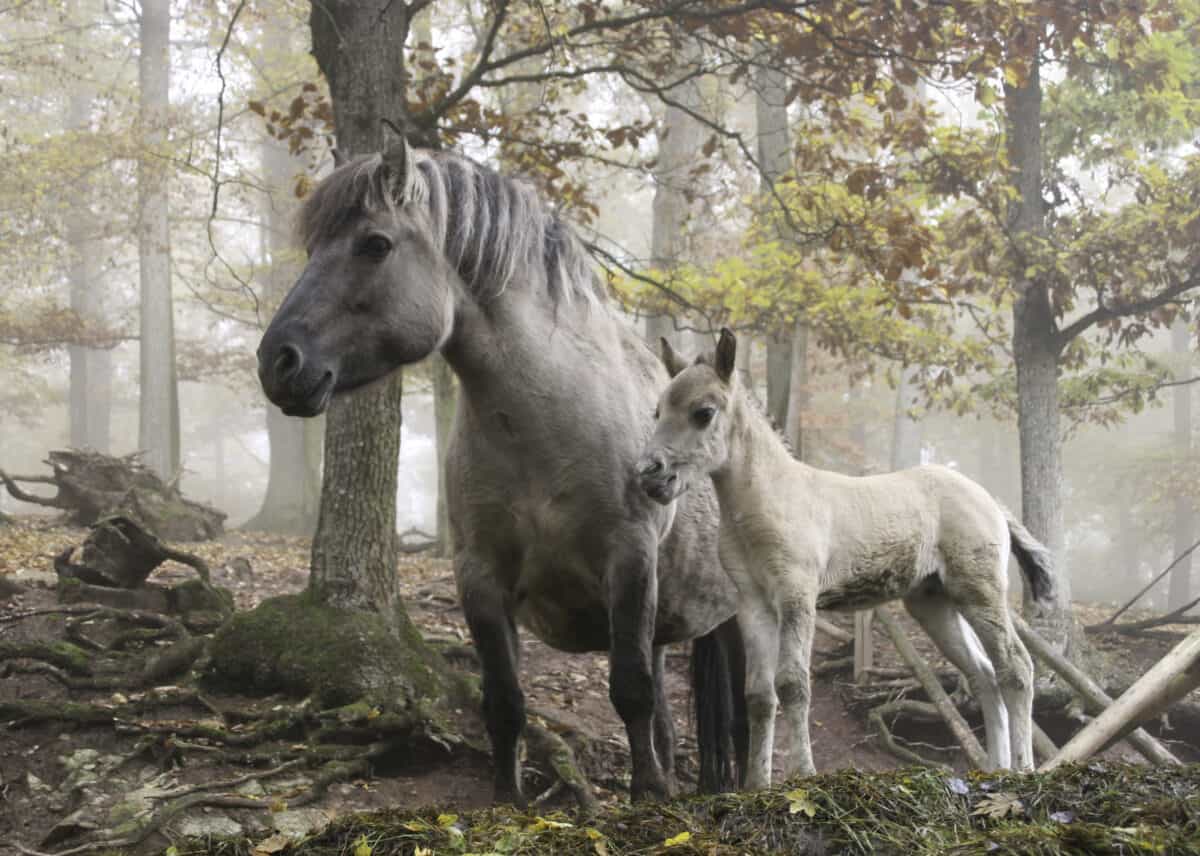Horses have important roles in shaping societies and cultures worldwide. However, horses have been particularly important in American history, integral to tribal cultures and lifestyles.
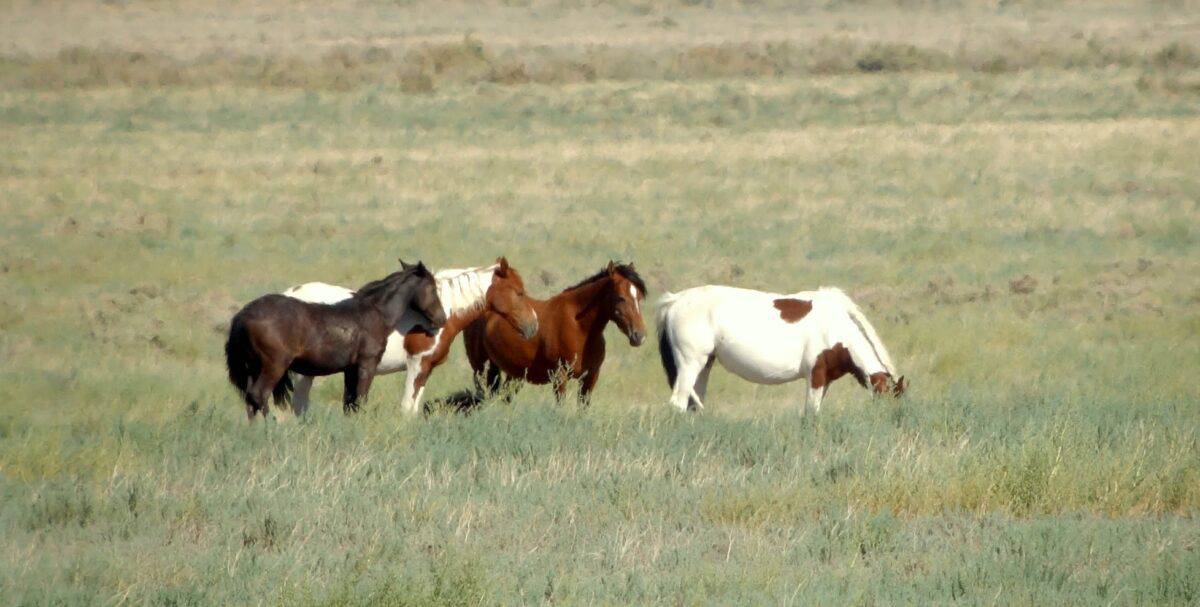
Ancient Beginnings and Reintroduction
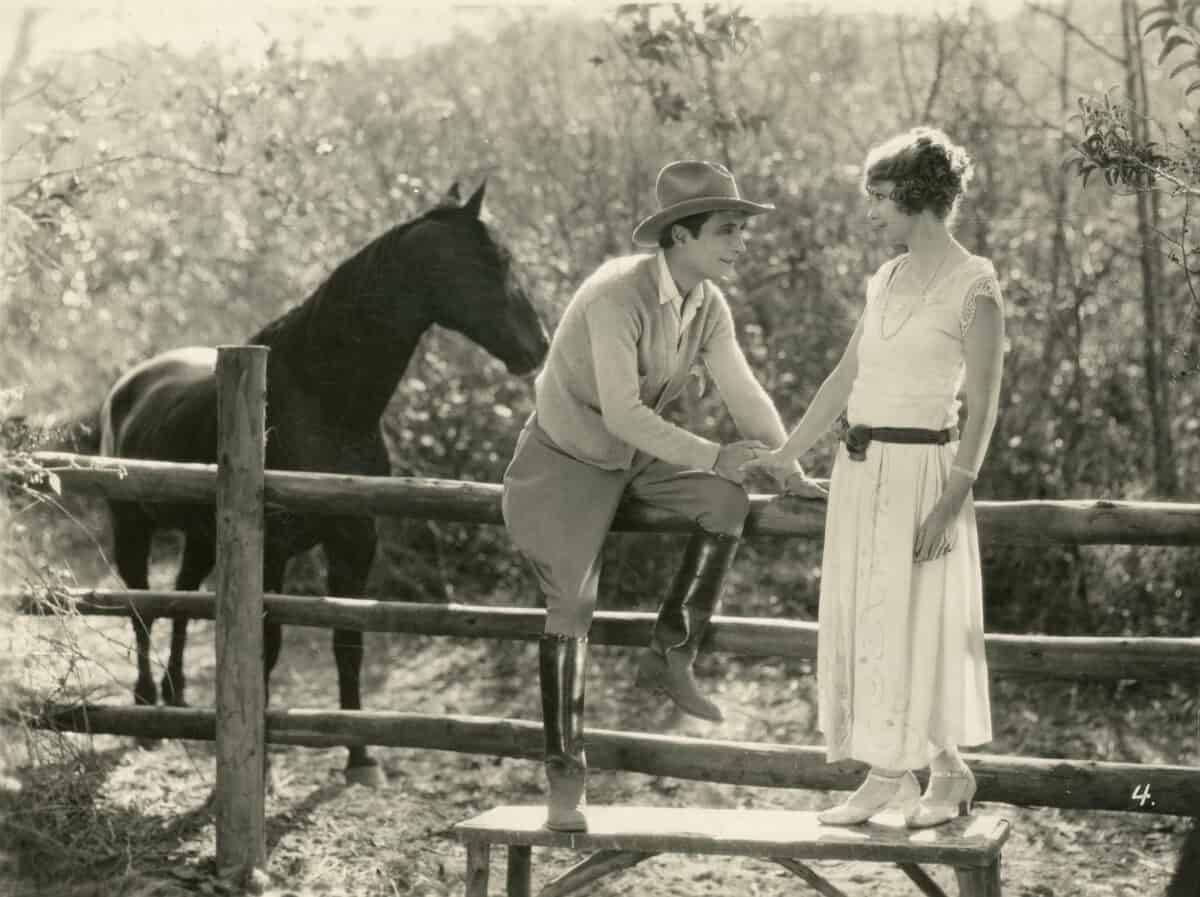
Horses originated in North America four million years ago. However, they vanished from the fossil record around 10,000 years ago, possibly due to a combination of human activity and climate change. During the late 15th and 16th centuries, horses were reintroduced by European explorers and settlers. This reintroduction played a significant role in the development of Native American societies and the expansion of European colonies.
The Transformation of Native American Cultures
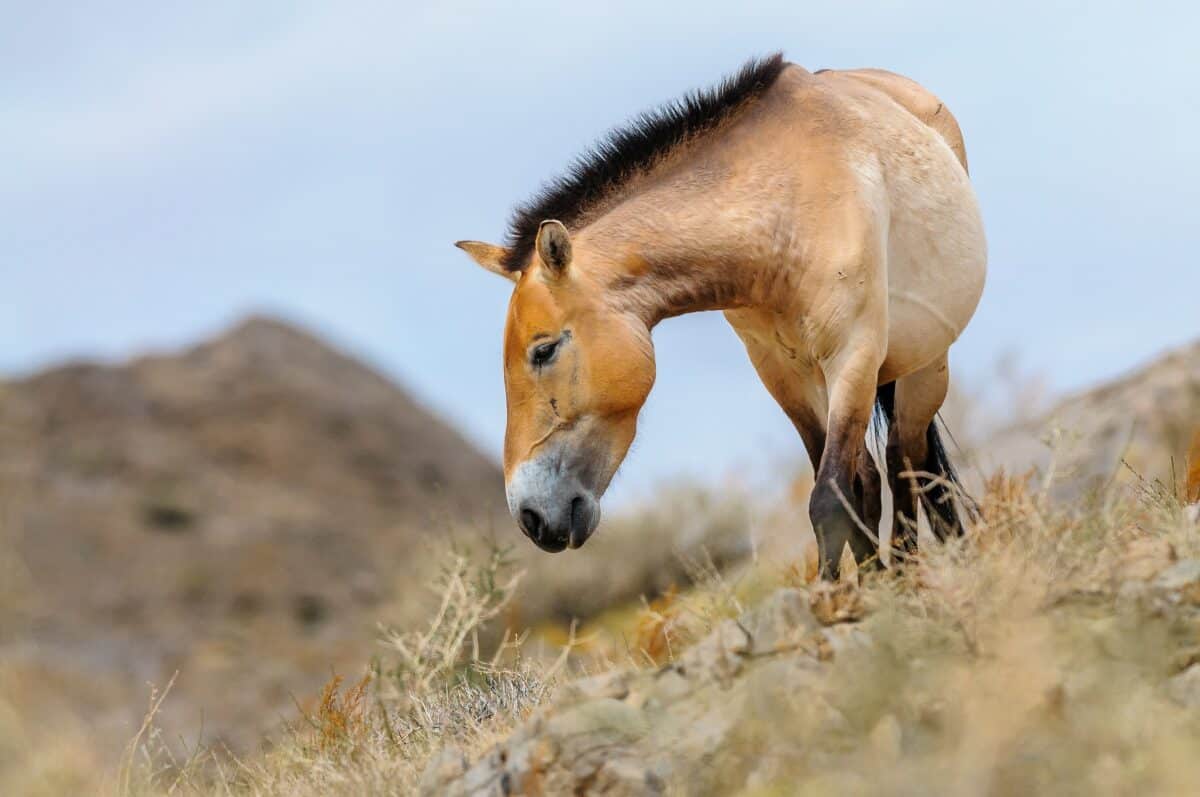
Horses revolutionized travel and hunting, significantly changing social structures and economic practices. Two North American native Indian tribes, Comanche and Sioux, were particularly known for their bond with horses. They regarded the horses in their lives as fellow creatures with whom they shared a common destiny, signifying their powerful bond with horses. This bond was reflected in their traditional celebrations and parades.
Feral Mustangs
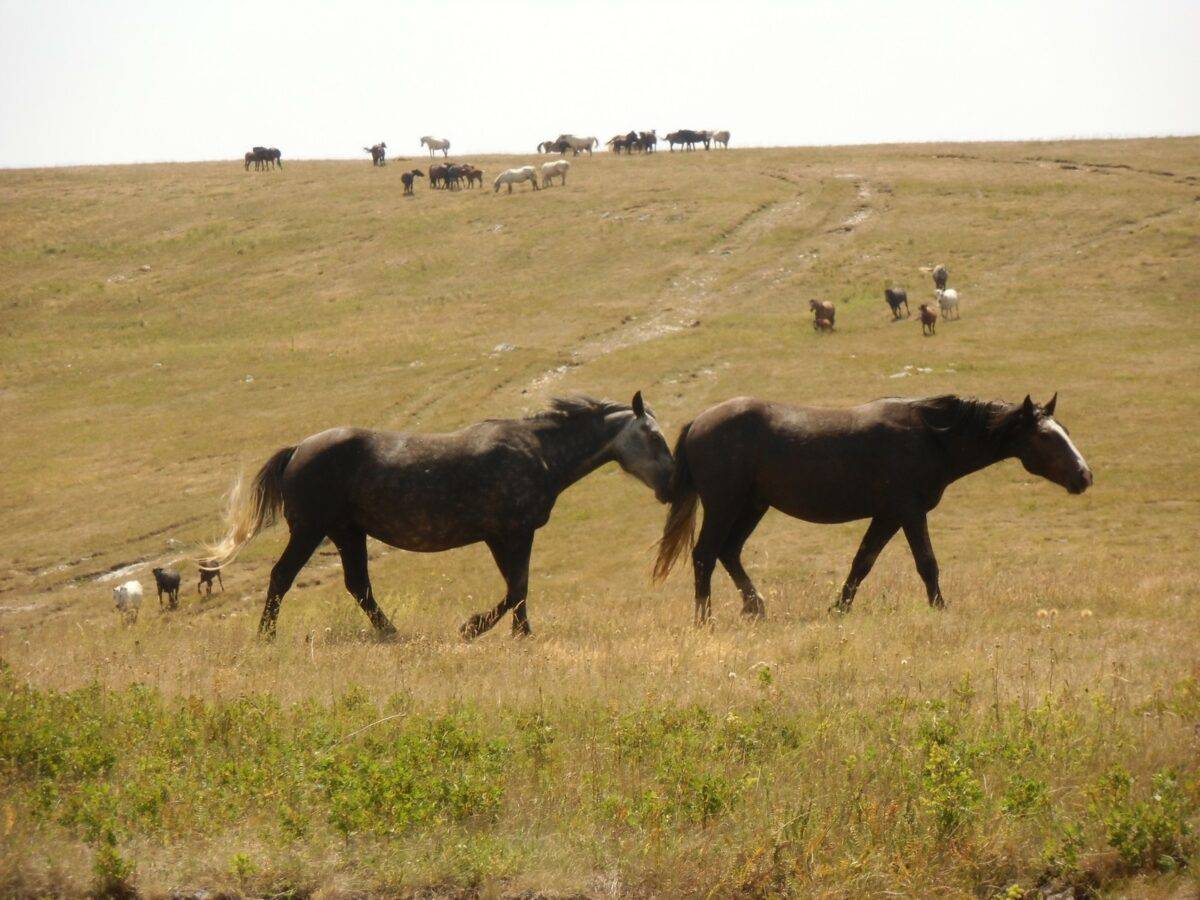
Some horses brought into America during the 16th century by the Spanish managed to escape from the domestic population. They bred in the wild, creating populations of mustangs. The word ‘mustangs’ derives from the Spanish words ‘mestengo’ and ‘mostrenco’, which means ‘wild or masterless cattle’. These horses are not truly wild but rather feral since they come from a domestic population.
Management of America’s Feral Horses
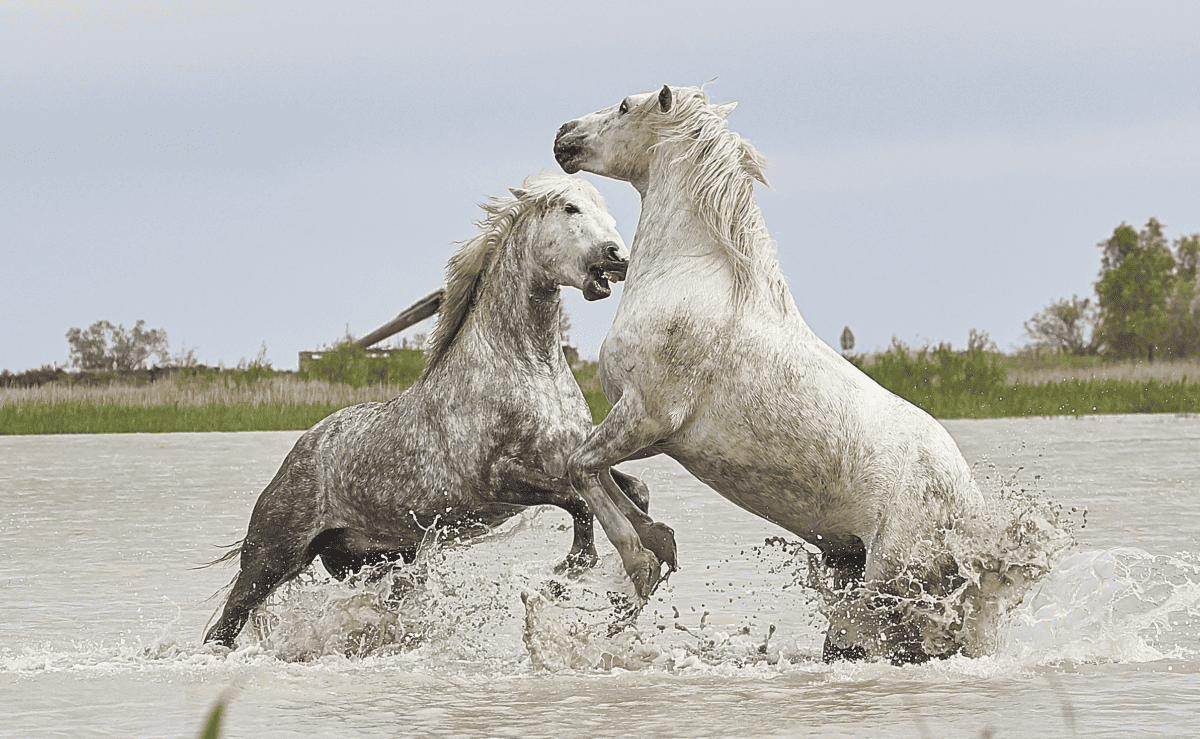
Feral horses living in America usually live in groups called herds. These herds consist of one stallion and around eight males and their young. One female horse, the mare, leads the herd. According to the American Mustang Program, there are currently 70,000 feral horses in America. The U.S. Bureau of Land Management oversees the ‘wild’ horse population, allowing them to run free on 26.9 million acres of public land.
Modern Times: Conservation and Cultural Legacy
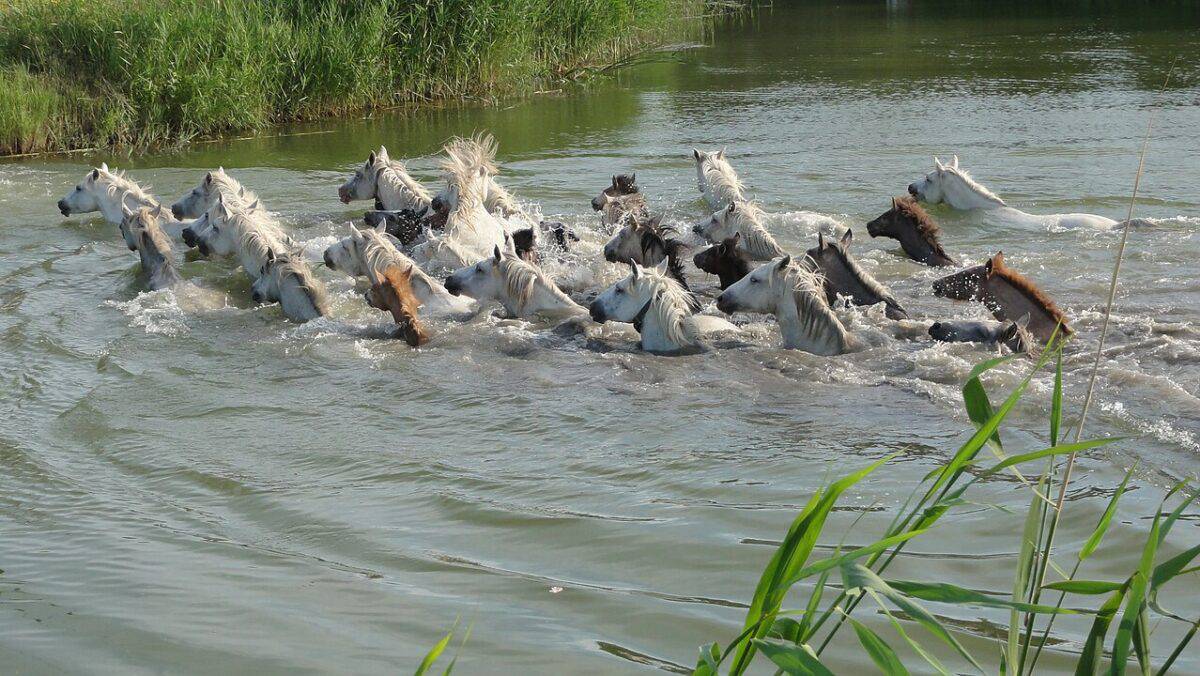
As the 20th century progressed, the role of horses shifted from work and transportation to recreation and companionship. Despite this shift, the legacy of horses in American history remains potent. Efforts to conserve wild mustang populations and protect the heritage of horse cultures underscore the enduring bond between humans and horses.
Invasive species
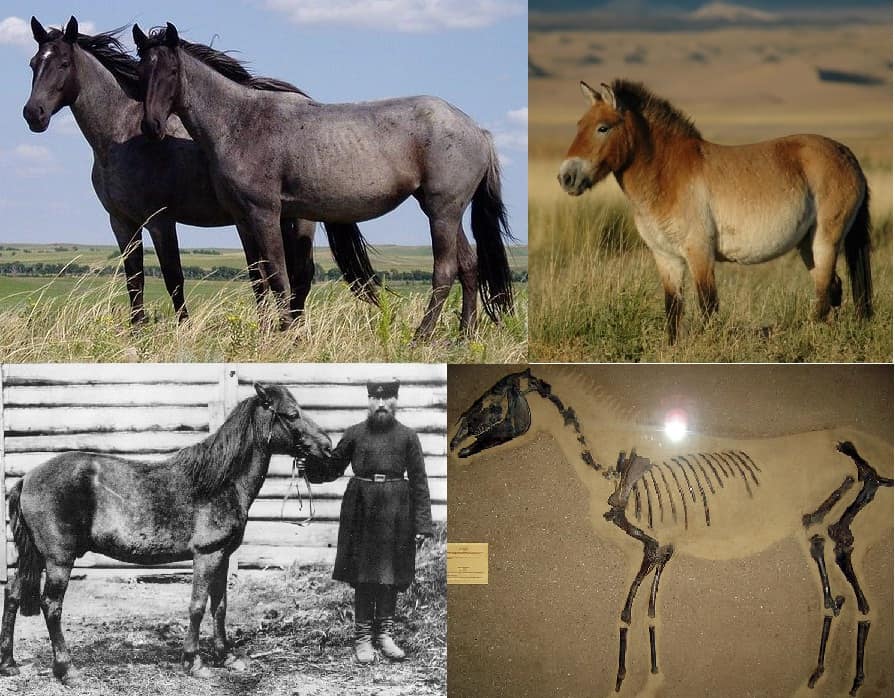
While horses are mostly celebrated for their role in American culture, some, specifically those in the wildlife society, consider them invasive, with the potential to harm native wildlife. Wild mustangs have few predators to control their population size, so conservationists have expressed concerns about overgrazing and trampling vegetation.
Conclusion
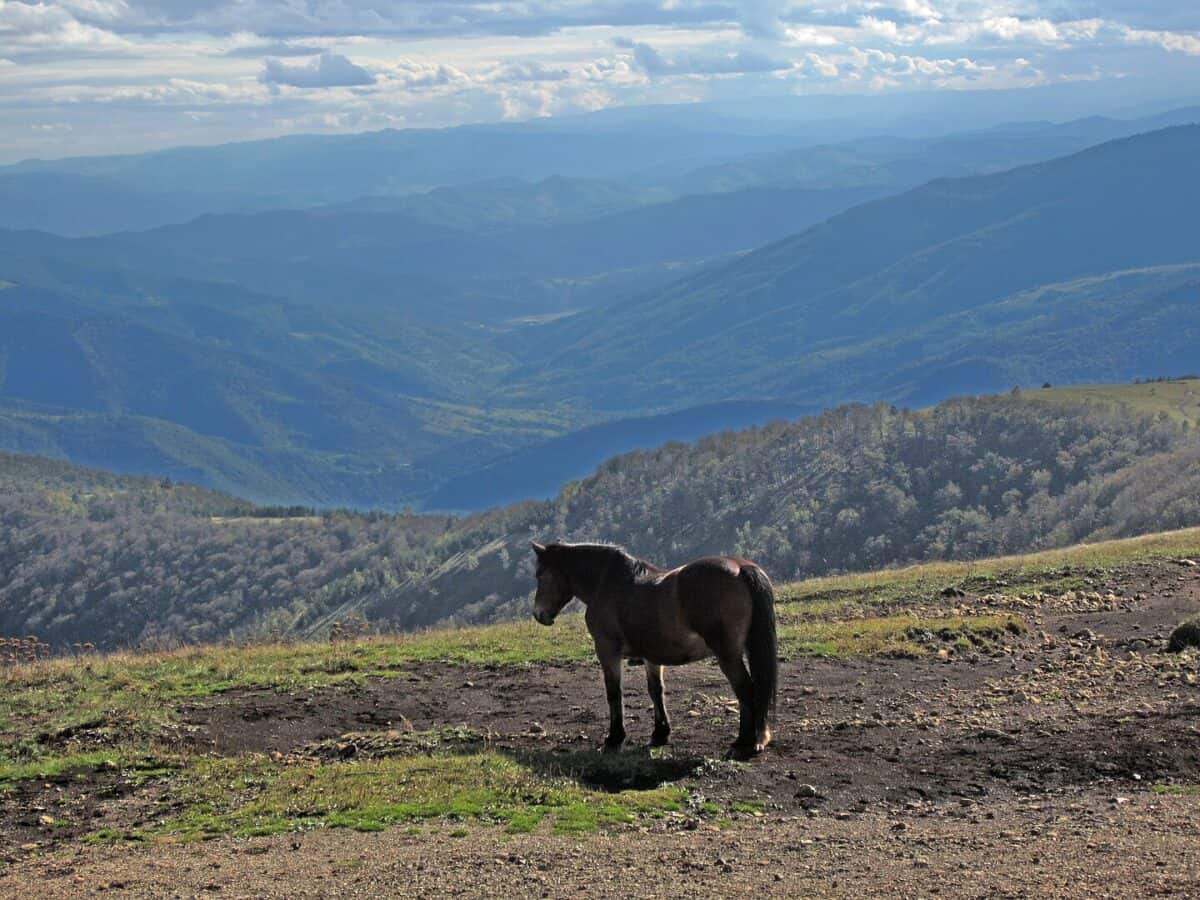
Horses have had a profound impact on the American continent’s development. They symbolize freedom, power, and resilience as they continue to run wild through the fields of America. However, as recognized by the Wildlife Society, feral horse populations in America should be managed to avoid negatively impacting native wildlife.
You might also enjoy:
Join our Forum for free today!

- The Bond Between a Wild Baby Bison and Her Rescuer - July 20, 2024
- An Excited Husky’s First Ever Time in Snow - July 20, 2024
- Top 20 Colorful Species To Brighten Your Day - July 14, 2024

